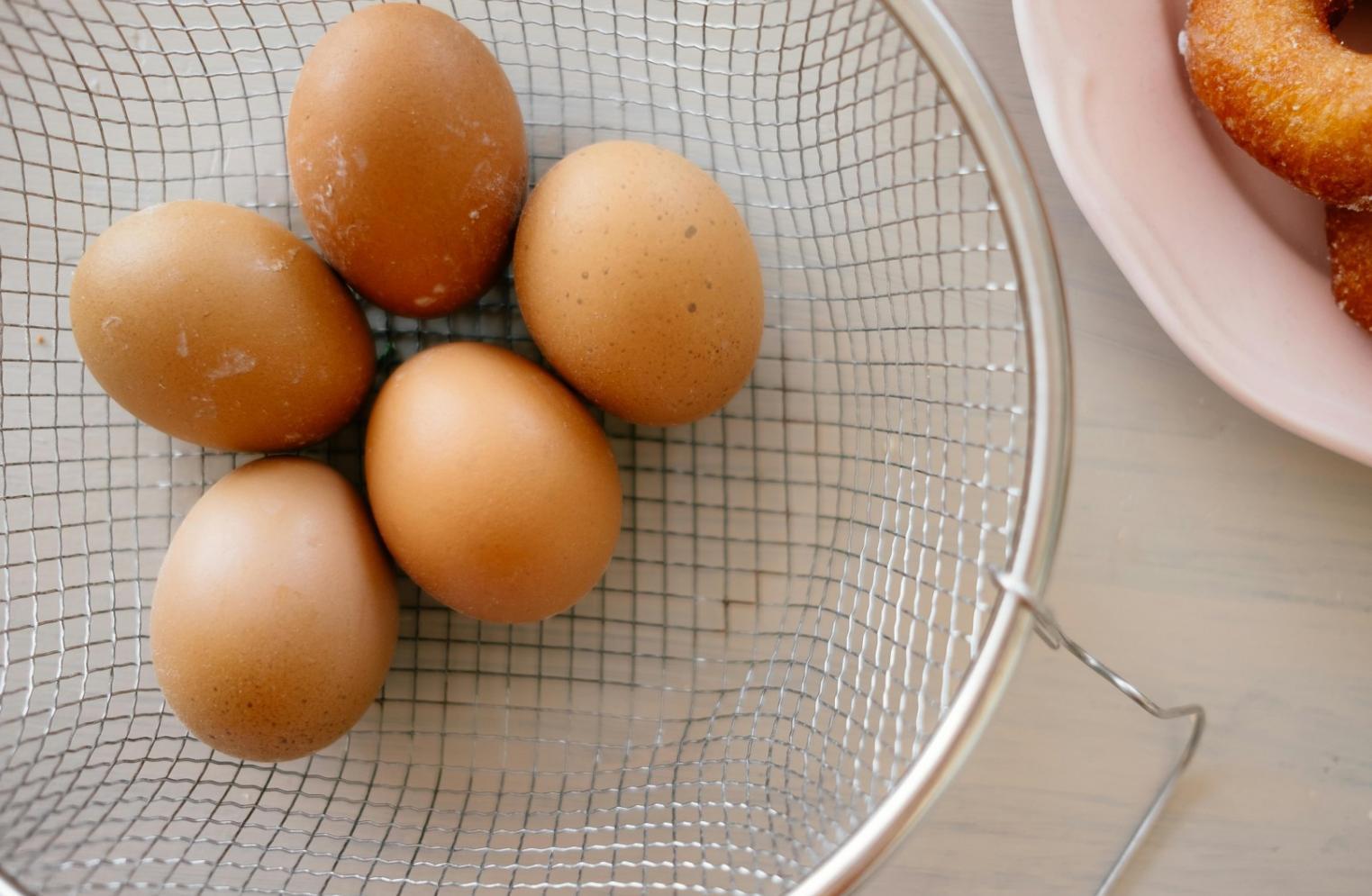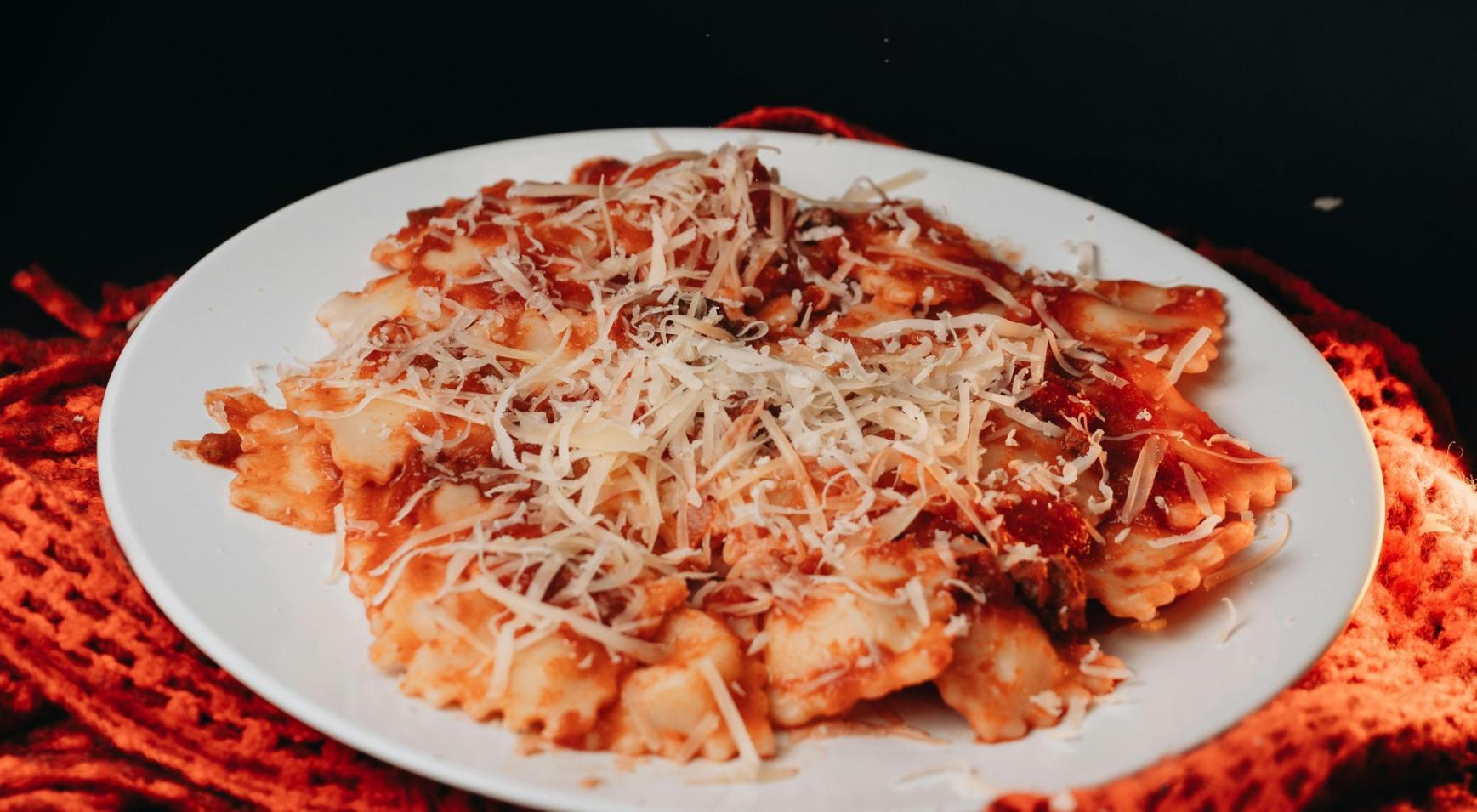What to Do Before Your First Session
Registration for our autumn 2025 program opens in June, and classes start in September. Between now and then, there are a few things you can do to make your learning experience smoother.
Think of this as setting yourself up properly rather than jumping in unprepared. Small preparation makes a big difference when you're working with precise temperatures and extended cooking times.
- Try a basic cook-through with something simple like chicken breast or salmon—just to see how your equipment behaves
- Read up on food safety basics, especially time-temperature relationships for different proteins
- Clear some freezer space for batch cooking (you'll thank yourself later)
- Get comfortable with the idea that good sous-vide takes time—rushing defeats the purpose
- Start thinking about what you actually want to cook regularly, not just what looks impressive
Our program runs for twelve weeks, with hands-on sessions every Saturday morning. By November 2025, you'll have the foundation to cook sous-vide confidently at home, whether that's for weeknight dinners or special occasions.


